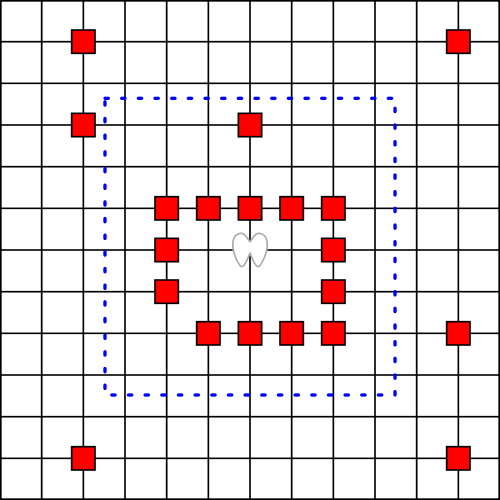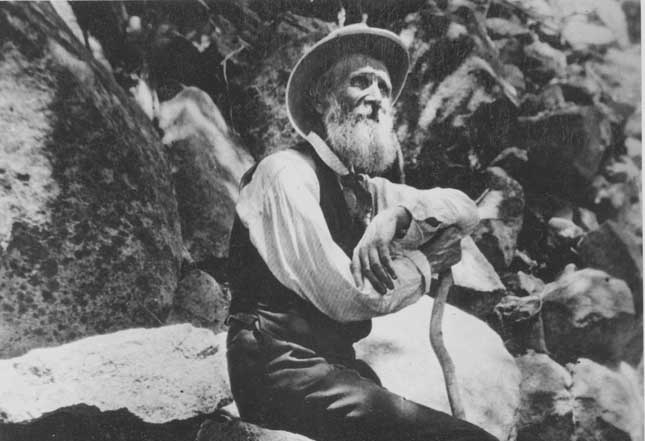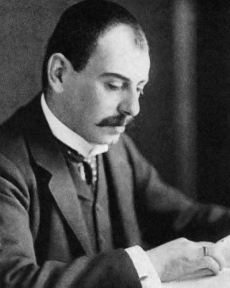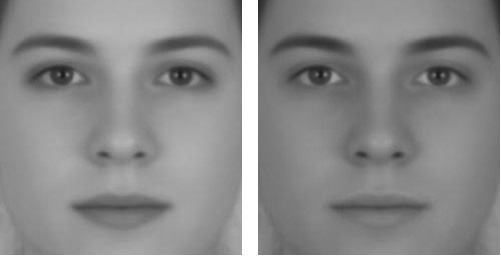(15 + 25) + (17 + 27) = 2 (1 + 2)4
(15 + 25 + 35) + (17 + 27 + 37) = 2 (1 + 2 + 3)4
(15 + 25 + 35 + 45) + (17 + 27 + 37 + 47) = 2 (1 + 2 + 3 + 4)4
(15 + 25 + 35 + 45 + 55) + (17 + 27 + 37 + 47 + 57) = 2 (1 + 2 + 3 + 4 + 5)4
…
(15 + 25) + (17 + 27) = 2 (1 + 2)4
(15 + 25 + 35) + (17 + 27 + 37) = 2 (1 + 2 + 3)4
(15 + 25 + 35 + 45) + (17 + 27 + 37 + 47) = 2 (1 + 2 + 3 + 4)4
(15 + 25 + 35 + 45 + 55) + (17 + 27 + 37 + 47 + 57) = 2 (1 + 2 + 3 + 4 + 5)4
…

An angel stands on an infinite chessboard. On each turn she can move at most 3 king’s moves from her current position. Play then passes to a devil, who can eat any square on the board. The angel can’t land on an eaten square, but she can fly over it, as angels have wings. (In the diagram above, the angel starts at the origin of the grid and, since she’s limited to 3 king’s moves, can’t pass beyond the blue dotted boundary on her next turn.)
The devil wins if he can strand the angel by surrounding her with a “moat” 3 squares wide. The angel wins if she can continue to move forever. Who will succeed?
John Conway, who posed this question in 1982, offered $100 for a winning strategy for an angel of sufficiently high “power” (3 moves may not be enough; in fact a 1-power angel, an actual chess king, will lose). He also offered $1000 for a strategy that will enable a devil to win against an angel of any power.
It’s not immediately clear what strategy can save the angel. If she simply flees from nearby eaten squares, the devil can build a giant horseshoe and drive her into it. If she sprints in a single direction, the devil can build an impenetrable wall to stop her.
In fact it wasn’t until 2006 that András Máthé and Oddvar Kloster both showed that the angel has a winning strategy. In some variants, in higher dimensions, it’s still not certain she can survive.
(John H. Conway, “The Angel Problem,” in Richard J. Nowakowski, ed., Games of No Chance, 1996.)
“I was tossing around the names of various wars in which both the opponents appear: Spanish-American, Franco-Prussian, Sino-English, Russo-Japanese, Arab-Israeli, Judeo-Roman, Anglo-Norman, and Greco-Roman. Is it a quirk of historians or merely a coincidence that the opponent named first was always the loser? It would appear that a country about to embark on war would do well to see that the war is named before the fighting starts, with the enemy named first!” — David L. Silverman
(3 + 3 + 6) + (32 + 32 + 62) + (33 + 33 + 63) = 336
(By Mike Keith.)
07/20/2017 UPDATE: For more, see OEIS A240511, “Numbers that are equal to the sum of their digits raised to each power from 1 to the number of digits.” (Thanks, Dave.)

One stormy morning in 1880, naturalist John Muir set out to explore a glacier in Alaska’s Taylor Bay, accompanied by an adventurous little dog that had joined his expedition. In this week’s episode of the Futility Closet podcast we’ll describe the harrowing predicament that the two faced on the ice, which became the basis of one of Muir’s most beloved stories.
We’ll also marvel at some phonetic actors and puzzle over a season for vasectomies.
IBM nanophysicists have made a stop-motion movie using individual atoms — carbon monoxide molecules arranged on a copper substrate and then magnified 100 million times using a scanning tunneling microscope. The molecules remain stationary because they form a bond with the substrate at this extremely low temperature (-268.15° C); each CO molecule stands “on end” so that only one atom is visible.
The result, “A Boy and His Atom,” holds the Guinness world record for the world’s smallest stop-motion film.
07/16/2017 UPDATE: The day I posted this, news broke that researchers have encoded five frames of an 1870s short film into bacterial DNA. (Thanks, Sharon.)

In 1972 biologists Colin Tayler and Graham Saayman were observing a group of Indo-Pacific bottlenose dolphins in a South African aquarium. One of them, a 6-month-old calf named Dolly, began to seek their attention by pressing feathers, stones, seaweed, and fish skins against the glass of the viewing chamber. If they ignored her she swam off and returned with a different object.
At the end of one observation session, one of the investigators blew a cloud of cigarette smoke against the glass as Dolly was looking in. “The observer was astonished when the animal immediately swam off to its mother, returned and released a mouthful of milk which engulfed her head, giving much the same effect as had the cigarette smoke,” the biologists reported. “Dolly subsequently used this behaviour as a regular device to attract attention.”
“Dolly didn’t ‘copy’ (she wasn’t really smoking) or imitate with intent to achieve the same purpose,” argues ecologist Carl Safina in Beyond Words: What Animals Think and Feel. “Somehow Dolly came up with the idea of using milk to represent smoke. Using one thing to represent something else isn’t just mimicking. It is art.”
(C.K. Tayler and G.S. Saayman, “Imitative Behaviour by Indian Ocean Bottlenose Dolphins [Tursiops aduncus] in Captivity,” Behaviour 44:3 [1973], 286-298.)

In Visual Thinking in Mathematics, M. Giaquinto writes, “Calculus grew out of attempts to deal with quantitative physical problems which could not be solved by means of geometry and arithmetic alone. Many of these problems concern situations which are easy to visualize. In fact visual representations are so useful that most books on calculus are peppered with diagrams.” But there’s an intriguing footnote: “Moshé Machover brought to my attention a notable exception: Landau (1934). It has no diagram, and no geometrical application.”
That’s Differential and Integral Calculus, by Edmund Landau, a professor of mathematics at Gottingen University. Machover is right — the 366-page volume contains not a single diagram. Landau writes, “I have not included any geometric applications in this text. The reason therefor is not that I am not a geometer; I am familiar, to be sure, with the geometry involved. But the exposition of the axioms and of the elements of geometry — I know them well and like to give courses on them — requires a separate volume which would have to precede the present one. In my lecture courses on the calculus, the geometric applications do, of course, make up a considerable portion of the material that is covered. But I do not wish to wait any longer to make generally available an account, rigorous and complete in every particular, of that which I have considered in my courses to be the most suitable method of treating the differential and integral calculus.”
The book was quite successful — the first English edition appeared in 1950, and subsequent editions have continued right up through 2001.

Which of these faces is male, and which female? In fact both photos show the same androgynous face; the only difference is the amount of contrast in the image. But most people see the face on the left as female and the one on the right as male.
Gettysburg College psychologist Richard Russell says, “Though people are not consciously aware of the sex difference in contrast, they unconsciously use contrast as a cue to tell what sex a face is. We also use the amount of contrast in a face to judge how masculine or feminine the face is, which is related to how attractive we think it is.”
Cosmetics may serve to make a female face more attractive by heightening this contrast. “Cosmetics are typically used in precisely the correct way to exaggerate this difference,” Russell says. “Making the eyes and lips darker without changing the surrounding skin increases the facial contrast. Femininity and attractiveness are highly correlated, so making a face more feminine also makes it more attractive.”
(Richard Russell, “A Sex Difference in Facial Pigmentation and Its Exaggeration by Cosmetics,” Perception 38:8 [August 2009], 1211-1219.)
The digits 1-9 can be arranged into a 3 × 3 magic square in essentially one way (not counting rotations or reflections) — the so-called lo shu square:
4 3 8 9 5 1 2 7 6
As in any magic square, each row, column, and diagonal produces the same total. But surprisingly (to me), the sum of the row products also equals the sum of the column products:
4 × 3 × 8 + 9 × 5 × 1 + 2 × 7 × 6 = 96 + 45 + 84 = 225
4 × 9 × 2 + 3 × 5 × 7 + 8 × 1 × 6 = 72 + 105 + 48 = 225
Even more surprisingly, the same is true of the Fibonacci sequence, if we arrange its first nine terms into a square array in the same pattern:
3 2 21 34 5 1 1 13 8
3 × 2 × 21 + 34 × 5 × 1 + 1 × 13 × 8 = 126 + 170 + 104 = 400
3 × 34 × 1 + 2 × 5 × 13 + 21 × 1 × 8 = 102 + 130 + 168 = 400
It turns out that this is true of any second-order linear recursion. (The sums won’t always be squares, though.)
From Edward J. Barbeau’s Power Play, 1997.